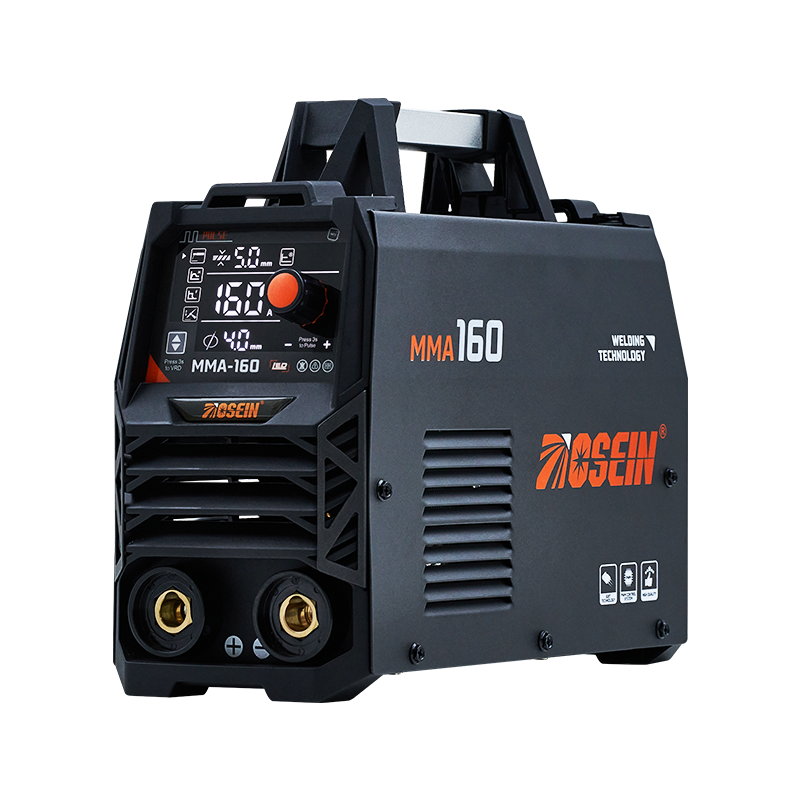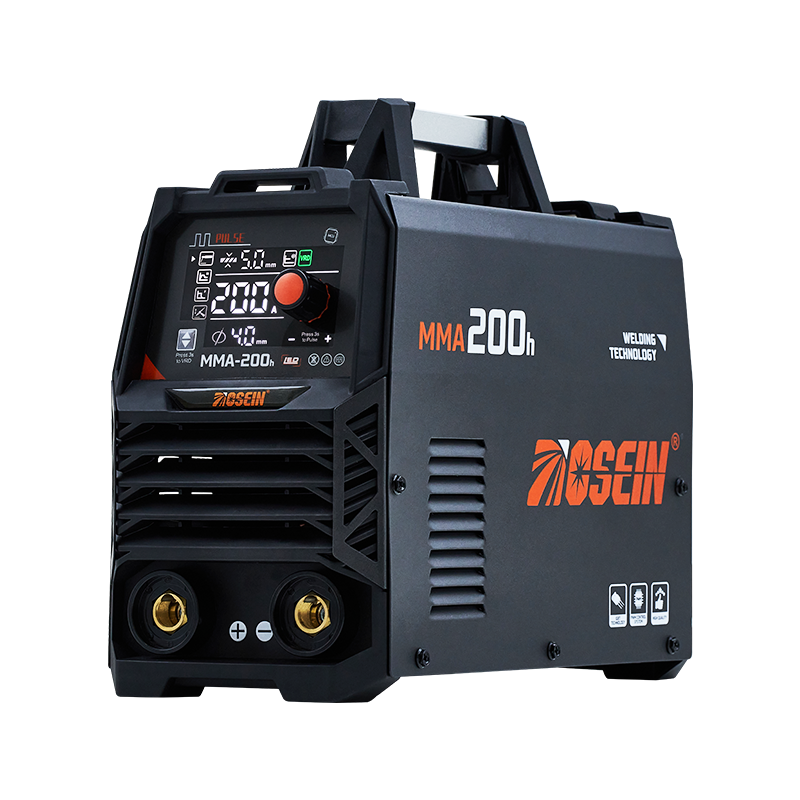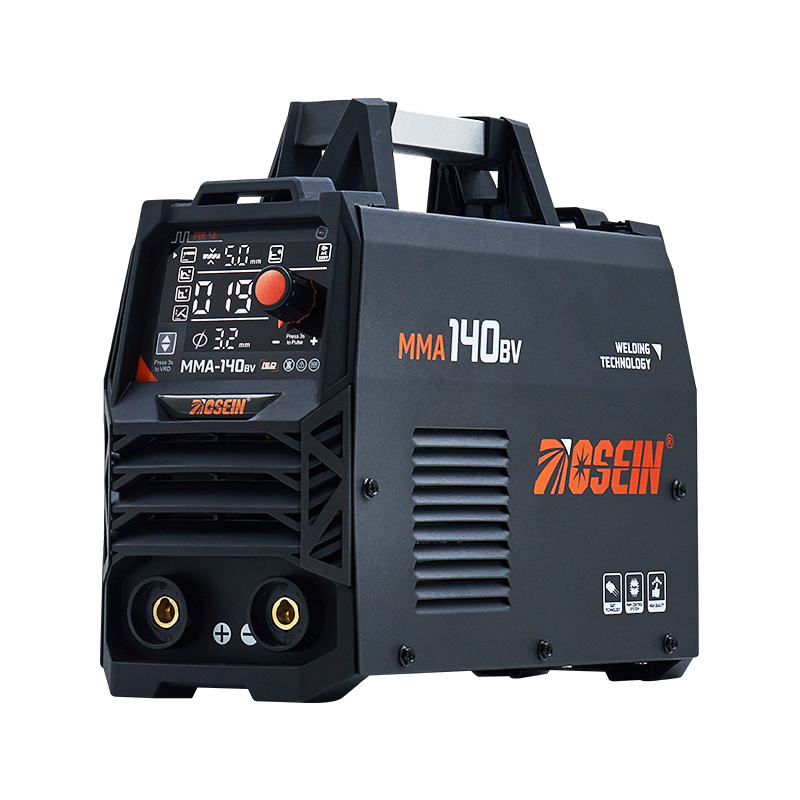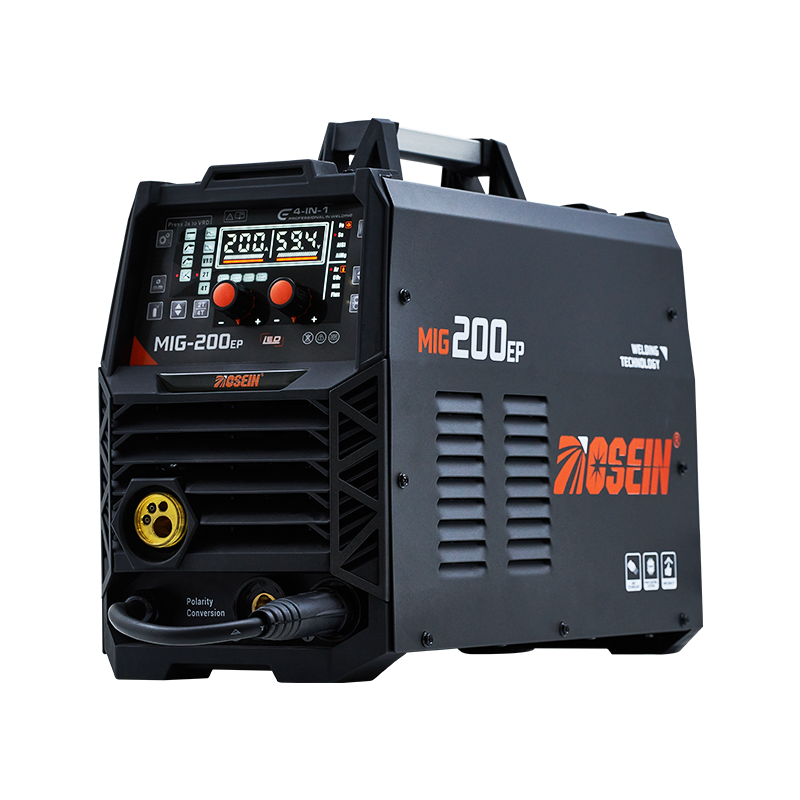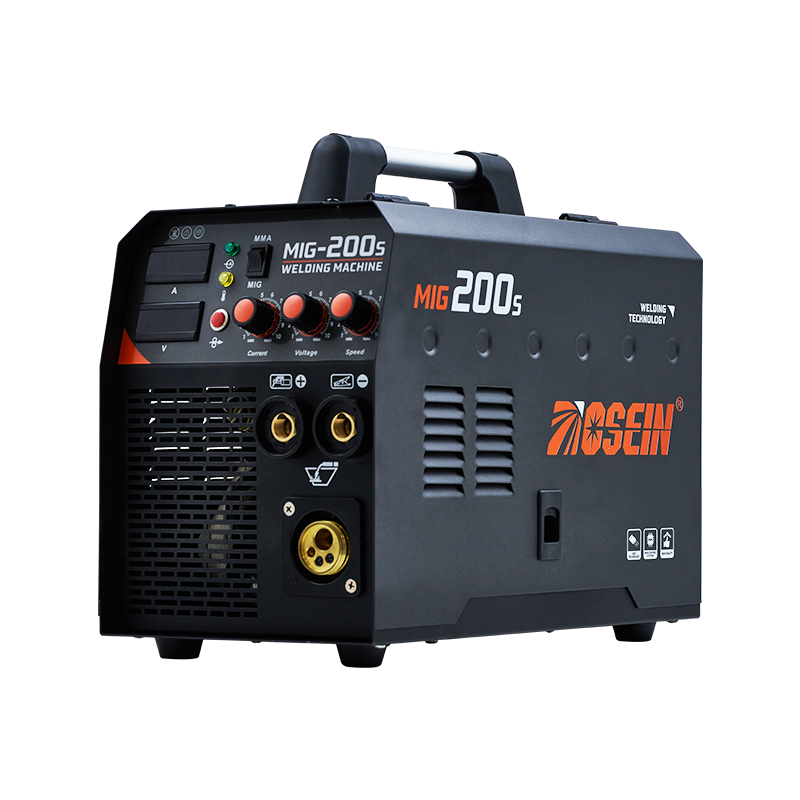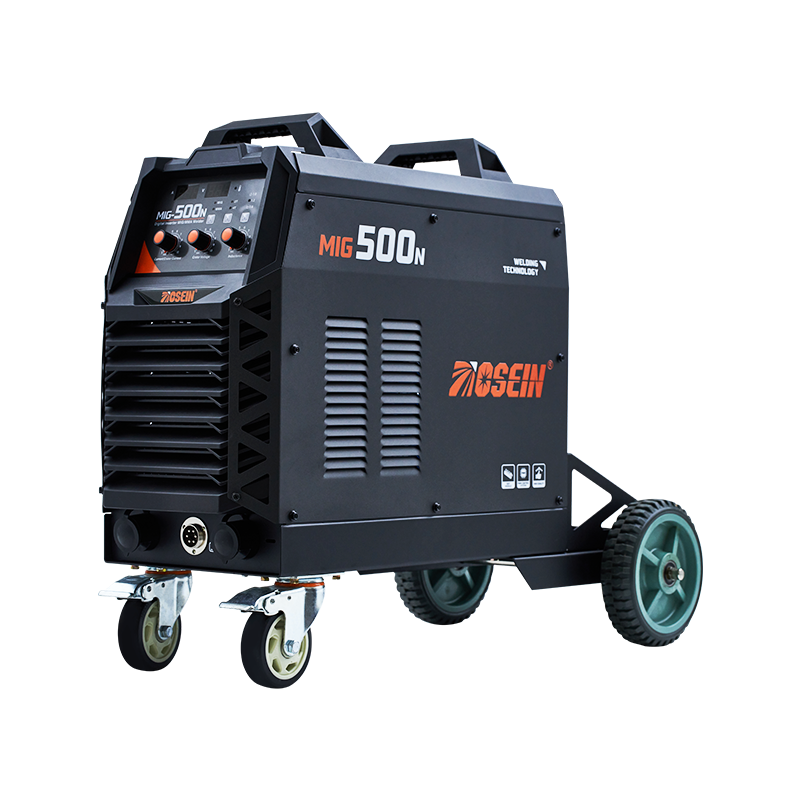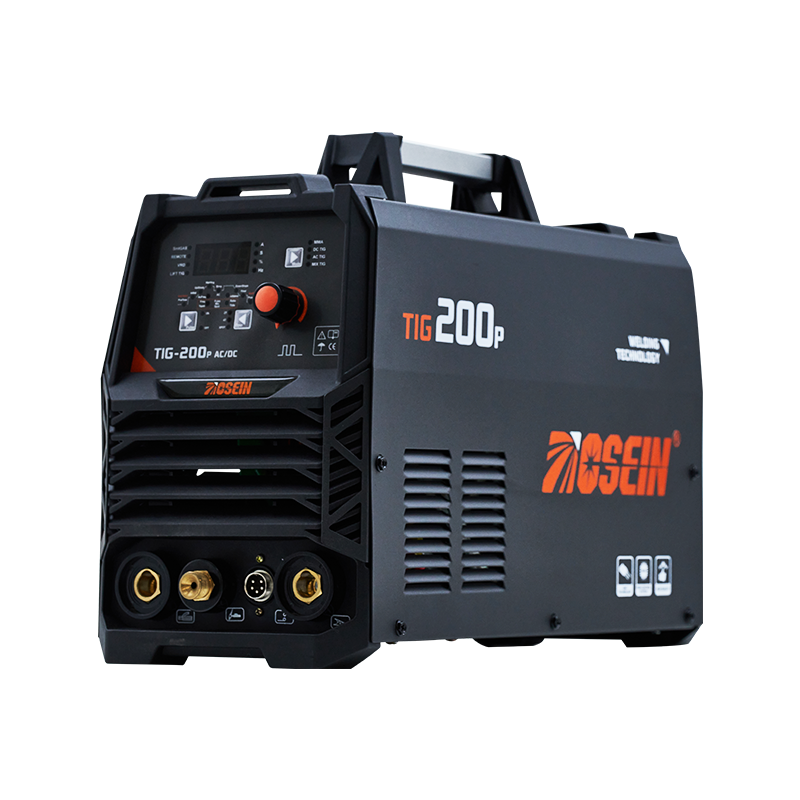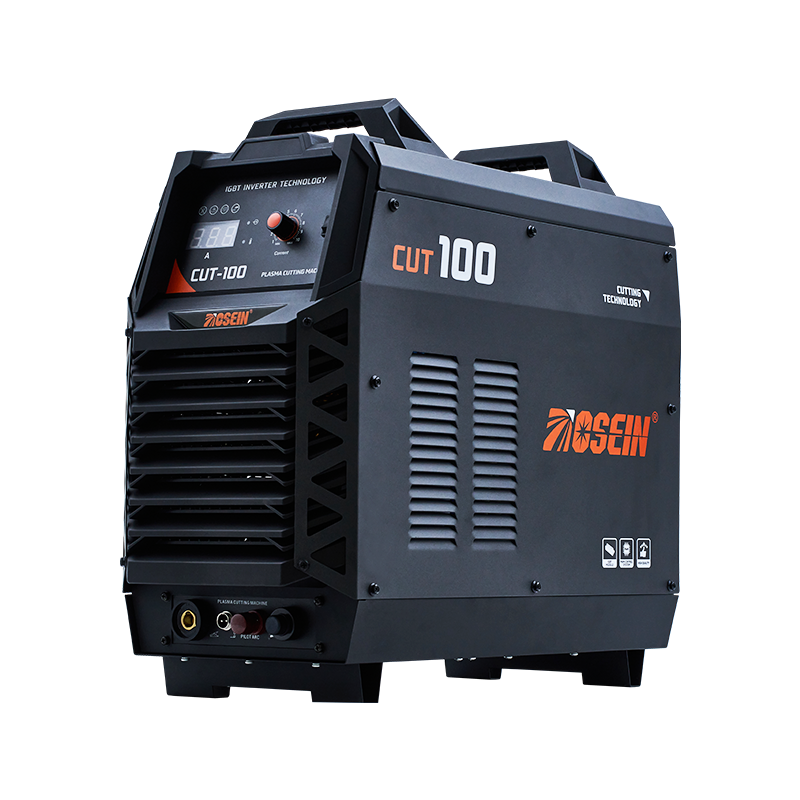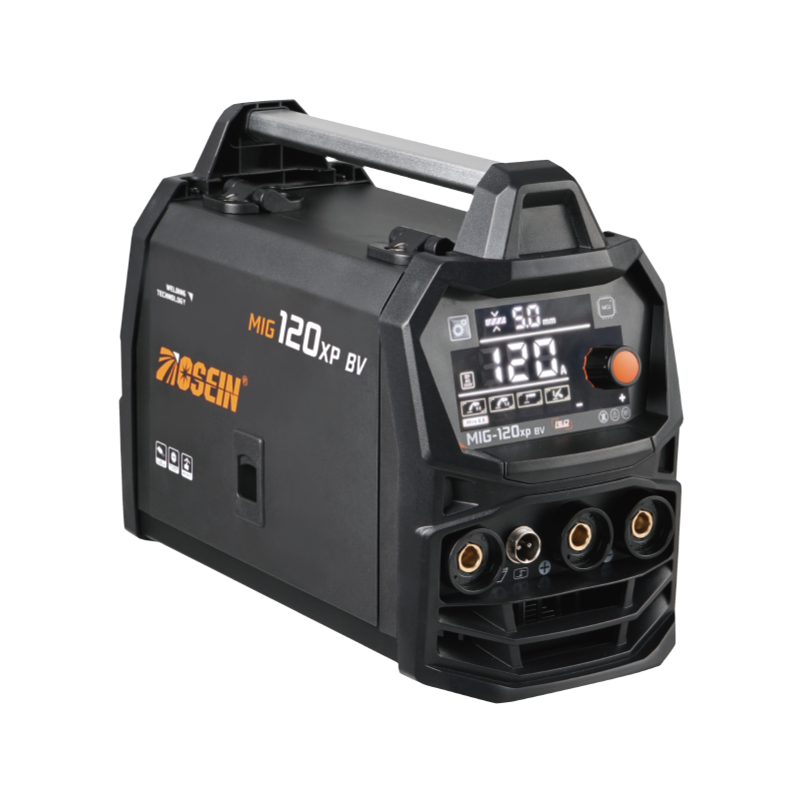
Aluminum has become an essential material in various industries, from automotive to aerospace, due to its light weight and corrosion resistance. However, welding aluminum presents unique challenges compared to steel or other metals. The choice of aluminum welding equipment and techniques can greatly affect both the efficiency and quality of industrial applications.
Understanding Aluminum Welding Equipment
Aluminum welding equipment refers to the tools and machines specifically designed to handle the unique properties of aluminum. Aluminum has a high thermal conductivity and forms an oxide layer quickly when exposed to air, which can make standard welding techniques less effective. Industrial operators rely on specialized machines to address these challenges. Aluminum welding machines are built to provide stable heat input and precise control, which helps reduce defects like porosity or cracking during the welding process.
Using the right equipment not only improves weld quality but also decreases the time required for post-weld treatments such as grinding or cleaning. This efficiency is particularly valuable in production lines where aluminum components need to meet tight tolerances and consistency.
The Role of Aluminum Wire Welding
Aluminum wire welding is a common technique used in industrial settings, often associated with processes like MIG (Metal Inert Gas) welding. The use of aluminum wire allows for continuous feeding during the welding process, which improves productivity compared to manual methods. It also helps maintain uniform weld beads, reducing the risk of weak points that could compromise structural integrity.
Industrial operators find that proper handling of aluminum wire is critical. Factors such as wire diameter, feed speed, and shielding gas composition all influence the outcome. When paired with compatible aluminum welding equipment, wire welding can provide faster cycle times and consistent results across multiple production batches.
Impact on Industrial Efficiency
Investing in reliable aluminum welding machines directly impacts operational efficiency. Modern machines often include features like adjustable pulse settings, digital controls, and integrated wire feeders. These features allow operators to fine-tune the process for different aluminum alloys or component thicknesses, reducing waste and rework.
In addition, consistent equipment performance minimizes downtime. Frequent interruptions for troubleshooting or replacing incompatible parts can slow production significantly. By using equipment tailored for aluminum welding, industries can maintain steady throughput without sacrificing quality.
Considerations for Industrial Use
When selecting aluminum welding equipment, it is important to consider the specific requirements of the application. The thickness of the aluminum, joint design, and production volume all influence the choice of welding machine and wire type. Training operators to handle the equipment correctly is also essential; even the best machines cannot fully compensate for improper technique.
Maintenance practices also play a role in efficiency. Regular inspection of wire feeders, cleaning of contact tips, and proper storage of aluminum wire help ensure that machines operate smoothly and prevent delays due to equipment issues.
Aluminum welding equipment and aluminum wire welding techniques are integral to industrial operations that require durable and precise aluminum components. By using machines designed for the unique properties of aluminum, manufacturers can improve both the speed and reliability of their welding processes. While selecting the right equipment and training personnel require careful planning, the resulting improvements in efficiency and consistency make these investments worthwhile for long-term industrial applications.
